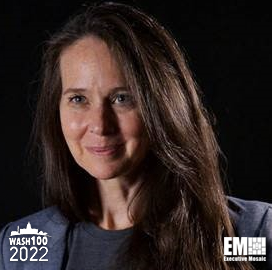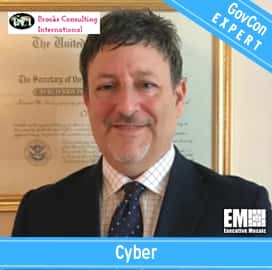Siemens Government Technologies announced on Thursday that the company has entered into a Mentor-Protégé agreement with Network Management Resources (NRM) Inc., through the Small Business Administration (SBA), to build NMR’s capability and capacity for new projects supporting federal government customers responsible for vital national security missions.
“NMR has been a highly valued partner to SGT for more than 12 years across multiple task orders in essential energy and infrastructure work for critical missions,” said John Ustica, interim CEO for SGT.
Through the mentor-protégé relationship, Siemens Government Technologies will provide support and equipment modernization for infrastructure projects, alongside NMR, who will have greater access to a broader portfolio of opportunities through the Siemens installed base of energy products and technologies.
In addition, the two companies can pursue small business and specified set-aside contracts through a joint venture, using NMR’s SDVOSB status under the terms of the mentor-protégé program.
“They’ve shown us, and most importantly our customers, their dedication and commitment to strengthen their capabilities and resources, which is why we’re excited to help them take the next steps in the evolution of their business through this mentor-protégé relationship,” Ustica added.
SGT helps extend Siemens’ longstanding commitment of supporting small and diverse businesses throughout its supply chain operations, which includes approximately 20 percent of Siemens’ suppliers that qualify as small and diverse-owned businesses.
NMR has more than 25 years’ experience delivering robust solutions for government customers, including comprehensive mechanical and electrical projects for the intelligence community.
In addition, NMR President Dave Jones highlighted how the partnership with Siemens will benefit the customers from both organizations as well as leverage the synergies developed by both NMR & SGT to bring together people and businesses through their combined unparalleled customer service dedication.
About Siemens Government Technologies
Siemens Government Technologies is the wholly owned, U.S. subsidiary of Siemens Corporation whose mission it is to secure and modernize the largest infrastructure in the world, the U.S. Federal Government.
It does so by being the leading integrator of Siemens’ innovative products, technologies, software and services in the areas of digital engineering and modeling, efficient and resilient energy solutions, and smart infrastructure modernization.








